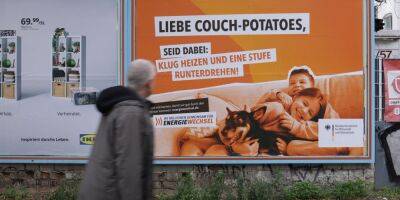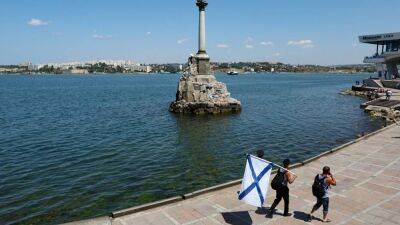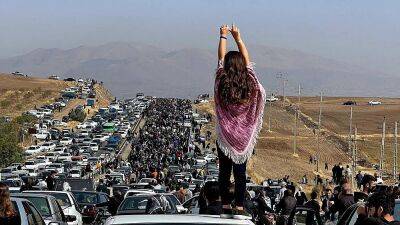‘This is hell’: two years and no power in Europe’s largest shantytown
The struggle to survive without electricity for two whole years has left its mark on the flesh and fabric of sector six of the Cañada Real. It is there in the second-degree burns on the leg of the little boy who got too close to a gas heater, and in the dry, cracked hands of the woman who does the family’s washing with a stone and a bar of soap.
It is there in the solar panels that have appeared on the roofs of the luckier residents, and in the fires that burn in the cold, dark homes of the less fortunate. And it is there in the memories of the people of Europe’s largest shantytown, which lies half an hour’s drive from the centre of Madrid.
Some remember swaddling their blue-faced babies against the cold of Storm Filomena, or trying to coax their children to school knowing they would be bullied because of the smell of their unwashed bodies and clothes.
Others remember the nights spent awake and listening to the sirens of the ambulances rushing towards people who had been poisoned by their butane heaters.
Houda Akrikez’s strongest memory, though, is of a candle and a rally. Sixteen days after the lights went out on 2 October 2020 – the energy provider Naturgy says illegal, “intensive and irregular use” overloaded the system and triggered emergency shutdowns – Akrikez rose early to round people up for a protest march on the local offices of the Madrid regional government.
She left her daughters sleeping at home in the care of her mother, who had lit a candle in the living room. But then Akrikez’s mother insisted on accompanying her as it was still dark outside.
“I managed to get about 50 people together for the march and I was delighted,” says Akrikez. “Then I heard my sister-in-law calling out for me. ‘Run!’ she said, ‘Run!’ I
Read more on theguardian.com



















